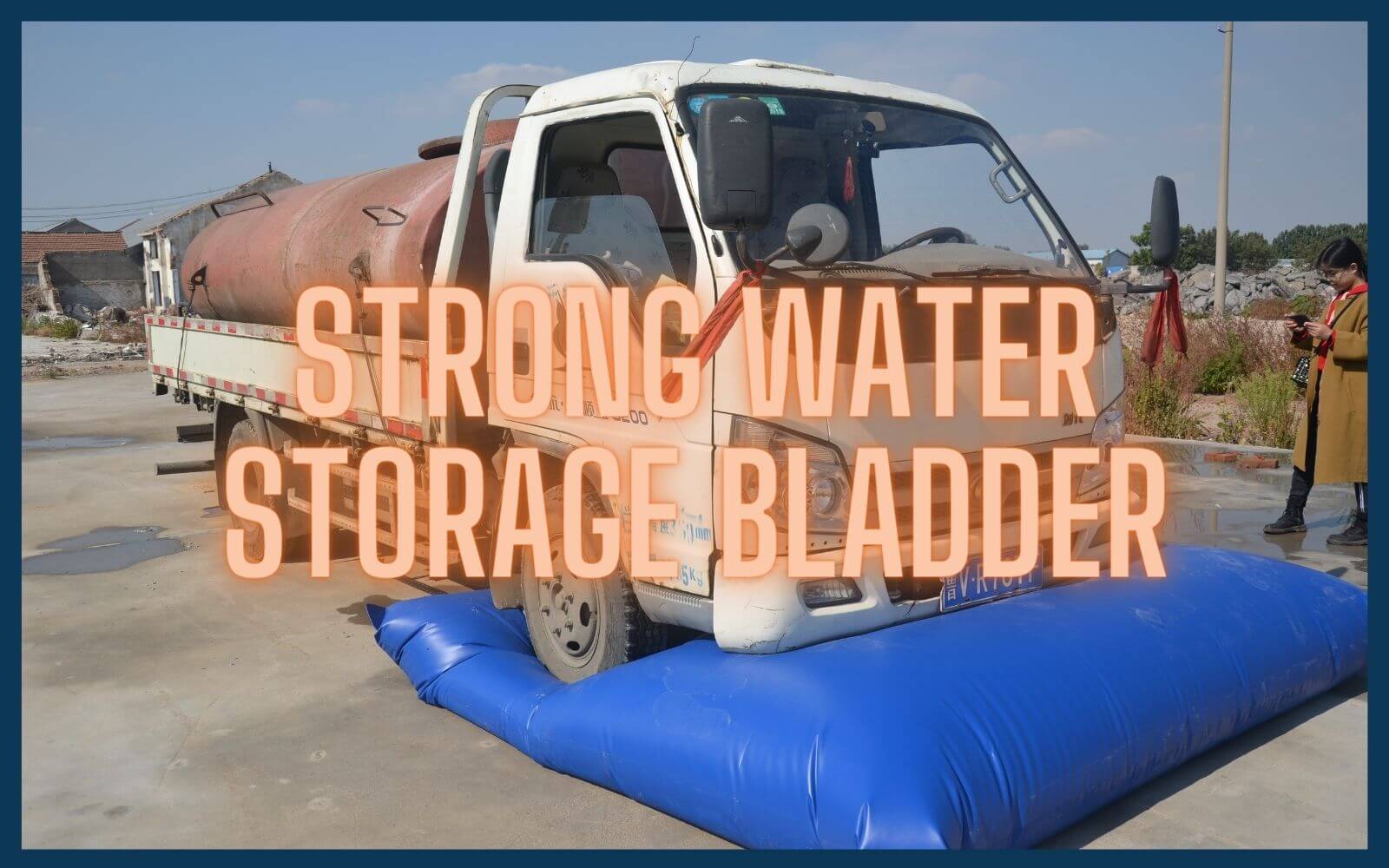Water storage bladder, also known as bladder tank or pillow tank, is a popular choice for storing and transporting water in a variety of settings. They are flexible, lightweight, and easy to install, making them a convenient option for many applications.
However, one common question that arises when considering water bladders is how strong they are. In this article, we will explore the strength and durability of water bladders.
The strength of a water bladder depends on a variety of factors, including the material, the design of the bladder, and the conditions it is subjected to.
Most water bladders use from high-quality, durable materials such as reinforced PVC or TPU polyurethane, which specifically designes to withstand the stresses of holding large amounts of water.
When properly installed and maintained, water bladders can be incredibly strong and resistant to punctures, tears, and other forms of damage.
The durability of a water bladder closely relates to its strength, and is influenced by many of the same factors. High-quality water bladders design to be resistant to UV radiation, extreme temperatures, and harsh environmental conditions.
They are also typically equipped with features such as reinforced seams and valves to ensure that they can withstand the pressures of holding water over a long period of time.
Several factors can affect the strength and durability of a water bladder, including:
Over time, water bladders can begin to weaken and deteriorate, which can affect their strength and durability. Regular maintenance and inspection can help to detect any signs of wear and tear before they become a problem.
Water bladders that are exposed to harsh environmental conditions such as extreme temperatures or UV radiation may be more susceptible to damage over time. Flixtank water bladder that is designed to withstand these conditions can help to ensure its longevity.
Proper installation is critical for ensuring the strength and durability of a water bladder. If a water bladder is not installed correctly, it may be more prone to leaks or other forms of damage.
Regular maintenance and inspection can help to detect any signs of wear and tear before they become a problem. This can include checking for leaks, inspecting valves and seams, and cleaning the bladder to prevent the buildup of sediment or other contaminants.
In conclusion, water bladders can be incredibly strong and durable when made from high-quality materials and designed to withstand the stresses of holding large amounts of water. Their strength and durability depend on a variety of factors, including the material, design, and installation of the bladder, as well as the environmental conditions and maintenance practices.
By choosing a high-quality water bladder and taking the necessary steps to maintain and protect it, you can ensure a reliable and long-lasting source of water storage for your needs.








